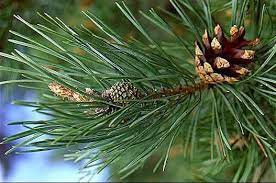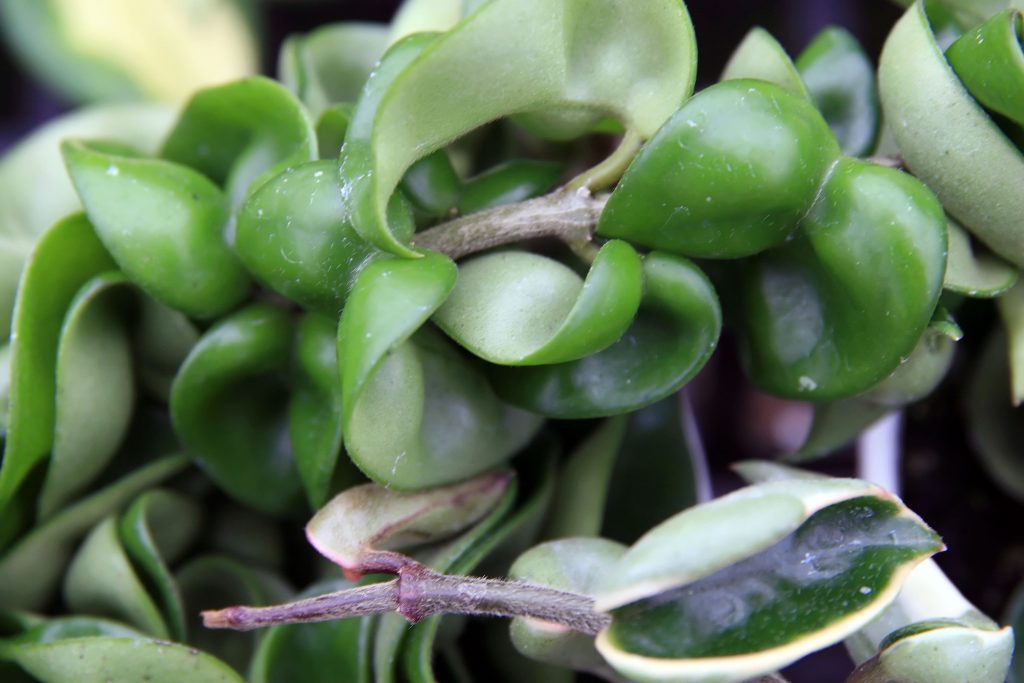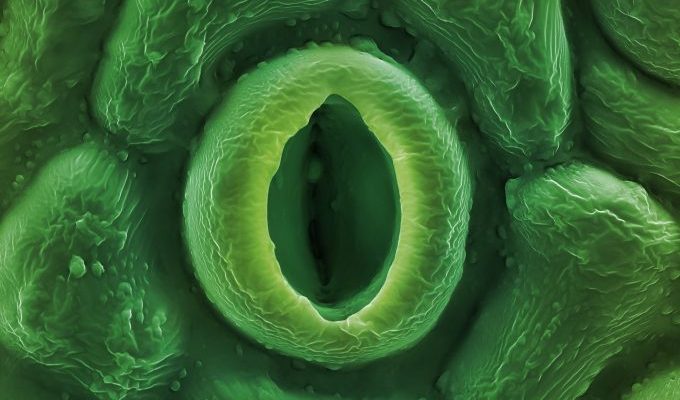Transpiration
The loss of water in the form of vapors from the aerial parts of the Plant is called Transpiration.
What is Excessive Transpiration
- Excessive transpiration happens when the rate of water loss exceeds the rate of water absorption.
- Excessive transpiration causes a plant to wilt.
- Wilting occurs when a plant loses more water through the leaves than it absorbs through the roots.
Also Check – Stomatal Transpiration
Adaptation in Plants to reduce Excessive Transpiration
- In both hot Deserts and cold places there is a shortage of free water. So plants cannot take up the free water from the soil.
- These plants have to adapt themselves to reduce the excessive transpiration because they need to retain as much water as possible in their body.
- Spine formation in xerophytic plants in the desserts, shedding of leaves in the deciduous plants present in the cold climates as well as the reduced surface area of leaves in evergreen trees of the same climate are the various adaptations plants take to reduce the rate of transpiration and to retain as much water possible in their body.
- To reduce the rate of Excessive Transpiration, the number of stomata has to be reduced.
- Many plants and especially those which grow in a dry climate have evolved a variety of permanent adaptations to curtail excessive transpiration.
Also Check- 10 Important Factors that Affect the Rate of Transpiration
4 Important Adaptation in Plants to Reduce Excessive Transpiration
1. Narrow leaves (Needle Like Spines)

- If the leaf size decreases, then there will be less number of stomata. So, there will be reduced transpiration in these plants and there will be availability or retention of maximum water in their bodies which they need.
- The evergreen plants that are present in these cold climates cannot shed their leaves. They decrease their surface area into needle like structures, As the surface area of the leaves decrease there will be decreased number of stomata and so there is reduced transpiration.
2. Loss of leaves

Deciduous trees
- The plants that are present in extremely cold climates and do not get free water because all the water has converted into ice.
- To adapt to this condition these plants shed their leaves. So if the leaves
- the number of stomata will automatically decrease and so there will be reduced transpiration. These plants that shed their leaves are known as Deciduous trees.
- Deciduous trees shed their leaves twice a year.
3. Sunken stomata

- Plants have Sunken Stomata, that is their stomata is sunken and is covered with a lot of hair.
- These hairs trap the vapor that is trying to come out of the stomata, so there is a lot of humidity that forms in this place.
- With increase in humidity, the rate of transpiration decreases.
- So because there is increased humidity in these sunken stomata, the rate of transpiration decreases and this is the way these plants adapt themselves to prevent excessive transpiration.
4. Folded Leaves (Reduced exposed surfaces)

- In some cases, leaves may get wavy, rolled or folded to reduce the exposed surface.for eg. Hindu rope plant .
- They have folded leaves that have stomata, so the stomata gives out water vapor that gets trapped in these foldings of the leaf.
- The humidity increases in these foldings and automatically the rate of transpiration will decrease, with the increase in humidity in these foldings.
5. Thick cuticle

- The plants that are evergreen but have bigger leaves.
- This is an evergreen plant so it won’t shed its leaves, it has a big surface so it will have a lot of stomata.
- These evergreen equatorial plants have a thick waxy layer on their epidermis which is known as the cuticle.
- The cuticle covers the stomatal openings on the epidermis, so if stomatal openings are covered then stomatal transpiration that takes about 80-90% of the total transpiration is covered and is reduced.
- Some amount of transpiration does take place from the cuticles but it is in a very limited amount.
- Cuticle prevents the excessive loss of water from the leaves through transpiration.
- These thick cuticles cause reduced transpiration in these evergreen plants. e.g. Banyan, and most evergreen trees.
Also Check – Transpiration- Its Role in the Hydrologic Cycle
Also Check – 15 Important Difference between Transpiration and Guttation
Also Check – 6 Important Significance Of Transpiration


3 Comments on “Excessive Transpiration”